You are here
Ozark Mountains + Highlands, Arkansas
Sequoia National Park
Ozark Mountains + Highlands, Arkansas
Ozark Mountains + Highlands, Missouri
Smoky Mountains, Tennessee
Ozark Mountains + Highlands, Arkansas
Eastern Sierra + White Mountains Area, California
Eastern Sierra + White Mountains Area, California

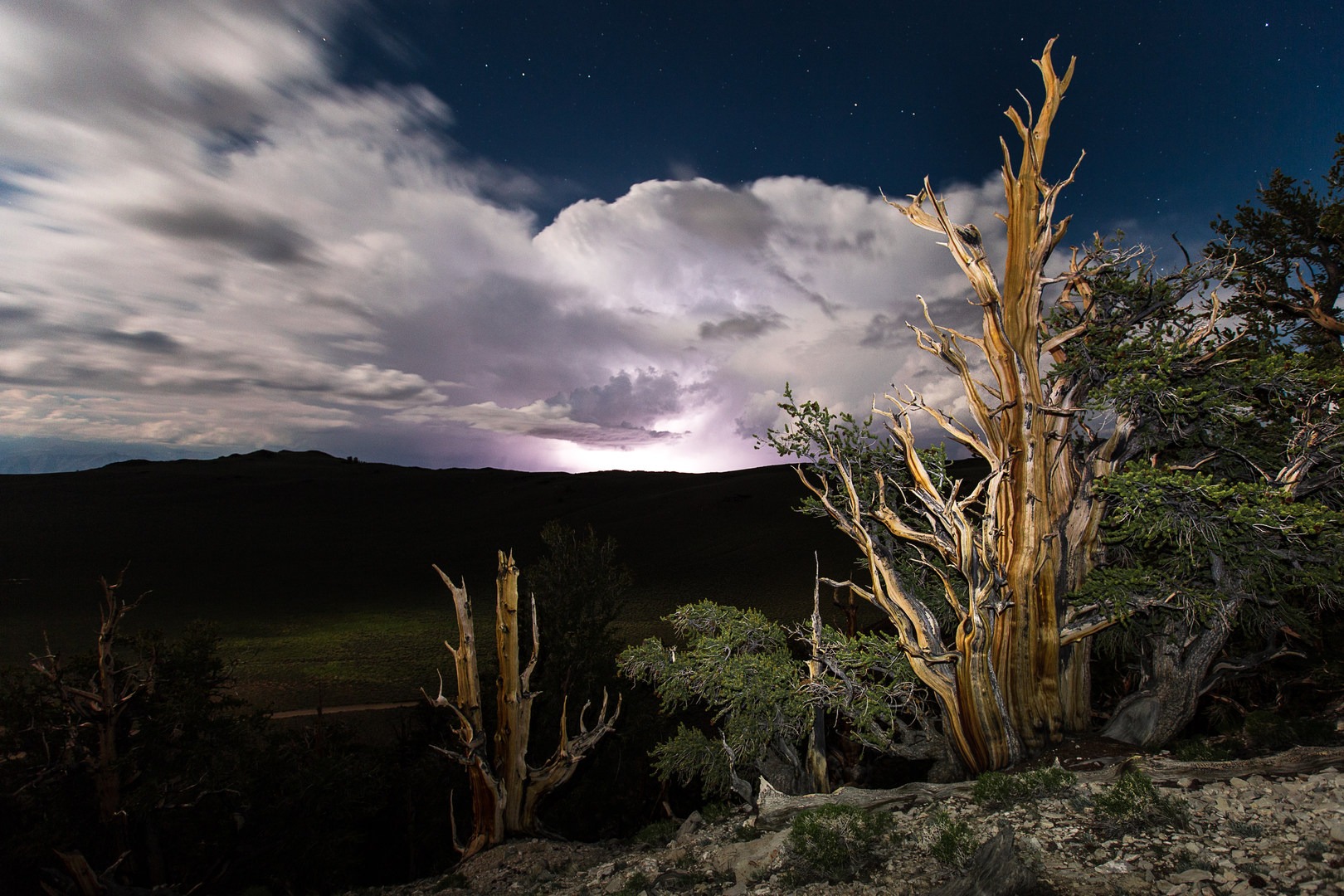
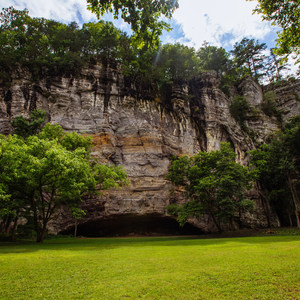
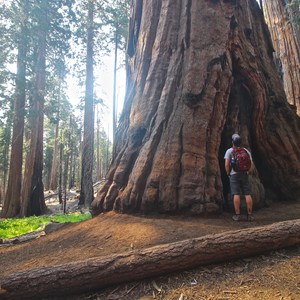
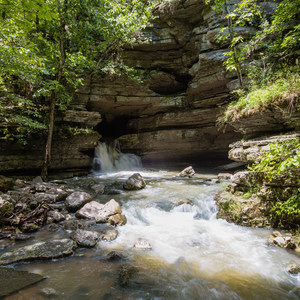
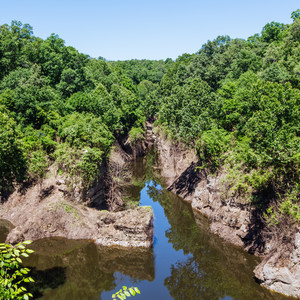
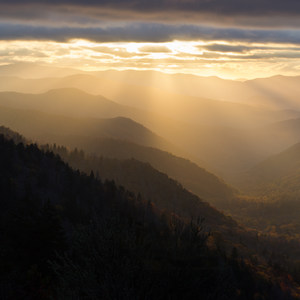
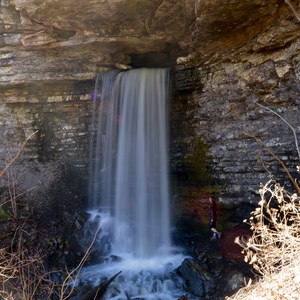
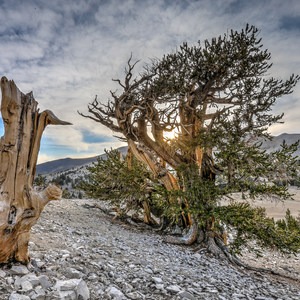
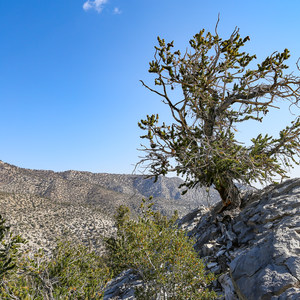


Comments
Sign In and share them.